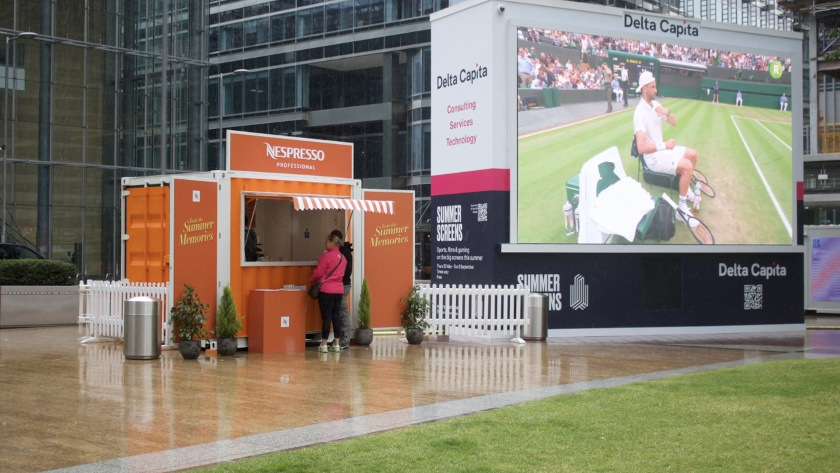Discover how repurposing shipping containers helps reduce waste, lower carbon emissions, and support eco-friendly building practices across the UK.
Dec 2024

Sustainability is no longer just a buzzword and has become a priority for homeowners, businesses, and developers across the UK. One increasingly popular approach to eco-conscious building is the use of repurposed shipping containers. At Nationwide Container Conversions, we believe in building smarter and greener.
Here’s a look at the key environmental benefits of container conversions.
Shipping containers are abundant, durable, and often left unused after their original shipping life. By repurposing these steel structures instead of scrapping them, we reduce waste and extend their useful lifespan. Turning something that would otherwise be discarded into a valuable asset.
Traditional construction methods generate significant carbon emissions due to the manufacturing of bricks, cement, and other raw materials. In contrast, container conversions use far fewer new resources, resulting in a much lower carbon footprint per project.
Most of the work on a container conversion happens off-site. That means less noise, waste, and environmental disturbance where the unit is installed. It’s a cleaner, more efficient way to build, especially in sensitive or remote locations.
Container units can be fitted with:
These upgrades make your building more sustainable in the long term and reduce your reliance on external utilities.
Container buildings are compact and modular, which means they can be adapted to fit into tight or previously unused spaces. Whether it’s a garden office, retail kiosk, or small accommodation unit, the impact on surrounding land and wildlife is minimal.
Repurposing containers allows you to align your project with environmentally responsible practices, without compromising on quality, functionality, or design. Whether you're building for business, education, leisure, or living, eco-friendly container buildings are a practical way to reduce waste, emissions, and energy usage.
Contact us today to learn more about our sustainable design options.